Automation is reaching more companies, imperiling some jobs and changing the nature of others.
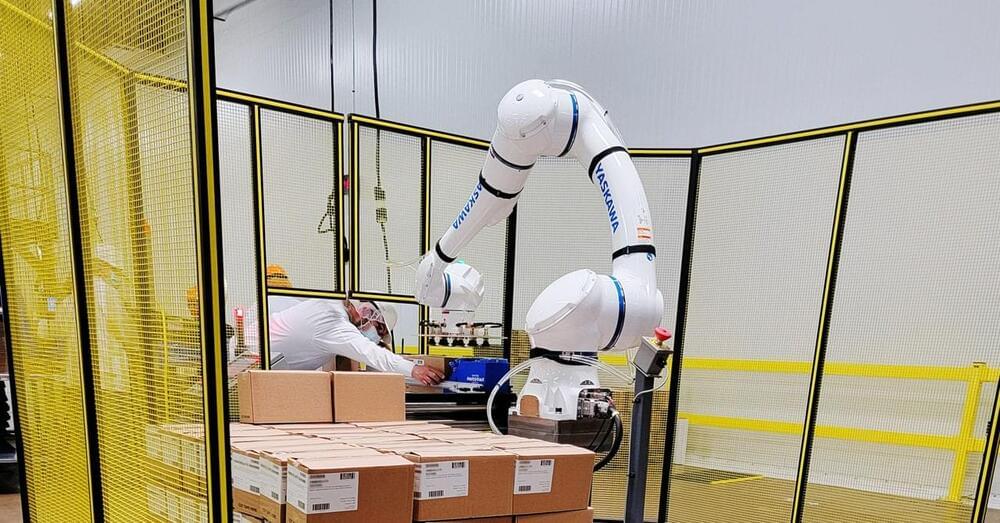


In today’s business world, machine-learning algorithms are increasingly being applied to decision-making processes, which affects employment, education, and access to credit. But firms usually keep algorithms secret, citing concerns over gaming by users that can harm the predictive power of algorithms. Amid growing calls to require firms to make their algorithms transparent, a new study developed an analytical model to compare the profit of firms with and without such transparency. The study concluded that there are benefits but also risks in algorithmic transparency.
Conducted by researchers at Carnegie Mellon University (CMU) and the University of Michigan, the study appears in Management Science.
“As managers face calls to boost transparency, our findings can help them make decisions to benefit their firms,” says Param Vir Singh, Professor of Business Technologies and Marketing at CMU’s Tepper School of Business, who coauthored the study.

A team of scientists in the Physical Intelligence Department at the Max Planck Institute for Intelligent Systems have combined robotics with biology by equipping E. coli bacteria with artificial components to construct biohybrid microrobots. First, as can be seen in Figure 1, the team attached several nanoliposomes to each bacterium. On their outer circle, these spherical-shaped carriers enclose a material (ICG, green particles) that melts when illuminated by near infrared light. Further towards the middle, inside the aqueous core, the liposomes encapsulate water soluble chemotherapeutic drug molecules (DOX).
The second component the researchers attached to the bacterium is magnetic nanoparticles. When exposed to a magnetic field, the iron oxide particles serve as an on-top booster to this already highly motile microorganism. In this way, it is easier to control the swimming of bacteria —an improved design toward an in vivo application. Meanwhile, the rope binding the liposomes and magnetic particles to the bacterium is a very stable and hard to break streptavidin and biotin complex, which was developed a few years prior and reported in a Nature article, and comes in useful when constructing biohybrid microrobots.
E. coli bacteria are fast and versatile swimmers that can navigate through material ranging from liquids to highly viscous tissues. But that is not all, they also have highly advanced sensing capabilities. Bacteria are drawn to chemical gradients such as low oxygen levels or high acidity—both prevalent near tumor tissue. Treating cancer by injecting bacteria in proximity is known as bacteria mediated tumor therapy. The microorganisms flow to where the tumor is located, grow there and in this way activate the immune system of patients. Bacteria mediated tumor therapy has been a therapeutic approach for more than a century.
Inflatable soft actuators that can change shape with a simple increase in pressure can be powerful, lightweight, and flexible components for soft robotic systems. But there’s a problem: These actuators always deform in the same way upon pressurization.
To enhance the functionality of soft robots, it is important to enable additional and more complex modes of deformation in soft actuators.
Now, researchers from the Harvard John A. Paulson School of Engineering and Applied Sciences (SEAS) have taken inspiration from origami to create inflatable structures that can bend, twist and move in complex, distinct ways from a single source of pressure.
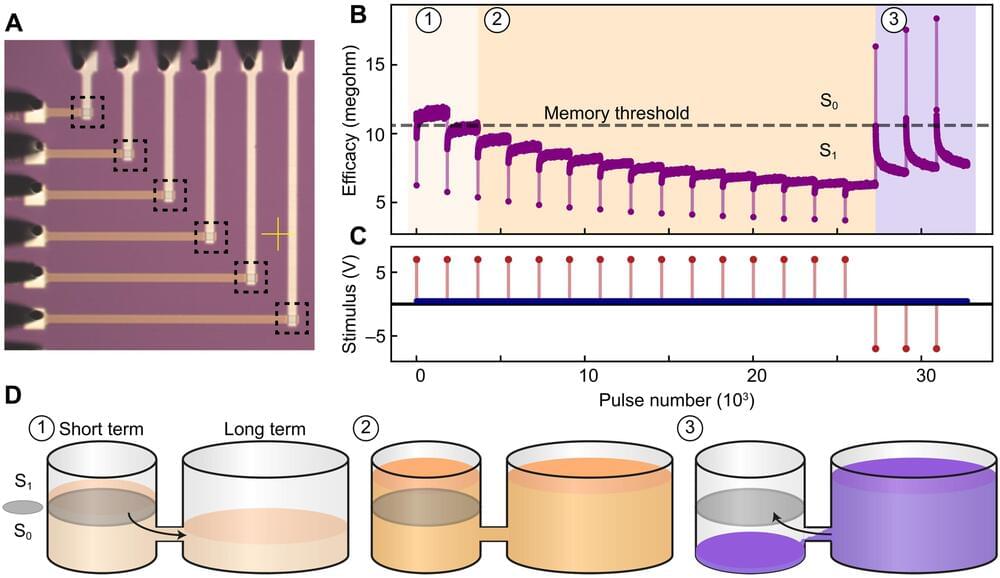
Biological synapses are known to store multiple memories on top of each other at different time scales, much like representations of the early techniques of manuscript writing known as “palimpsest,” where annotations can be superimposed alongside traces of earlier writing.
Biological palimpsest consolidation occurs via hidden biochemical processes that govern synaptic efficacy at varying lifetimes. The arrangement can facilitate idle memories to be overwritten without forgetting them, while using previously unseen memories short-term. Embedded artificial intelligence can significantly benefit from such functionality; however, the hardware has yet to be demonstrated in practice.
In a new report, now published in Science Advances, Christos Giotis and a team of scientists in Electronics and Computer Science at the University of Southampton and the University of Edinburgh, U.K., showed how the intrinsic properties of metal-oxide volatile memristors mimicked the process of biological palimpsest consolidation.
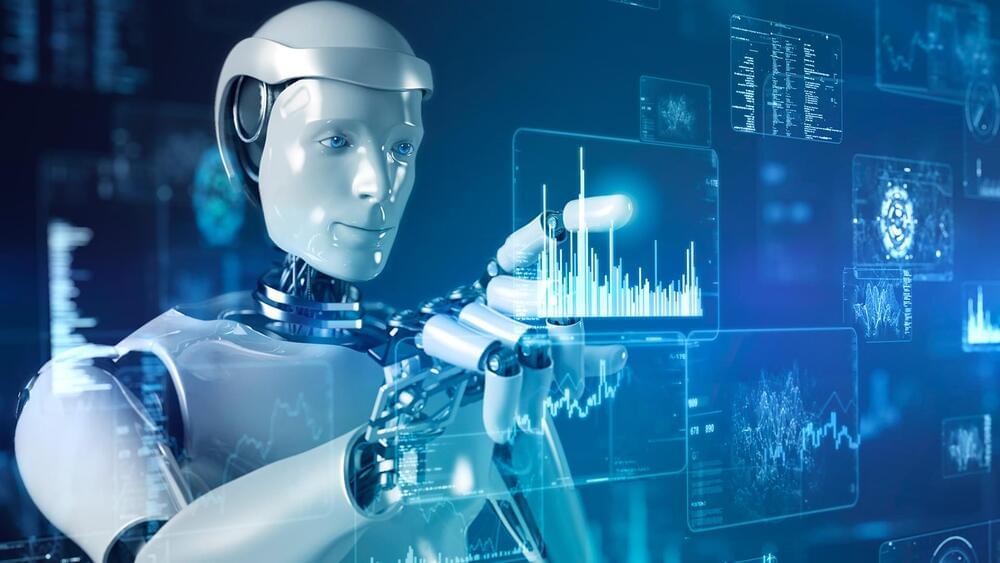
ROBOTS are predicted to rule the world by the 2060s, a survey found.
That is forecast to be the peak of Artificial Intelligence capability — with machines in control of politics and economics.
And it is feared that humans’ only role will be to entertain or work for the robots, which will have developed emotions and opinions.
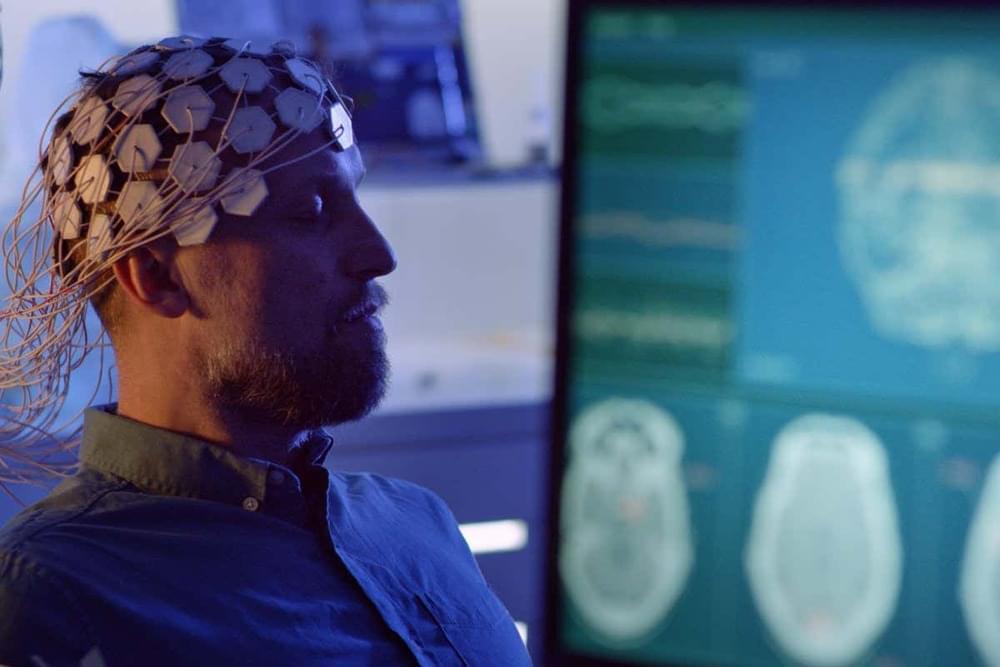
Text-to-image generation is the hot algorithmic process right now, with OpenAI’s Craiyon (formerly DALL-E mini) and Google’s Imagen AIs unleashing tidal waves of wonderfully weird procedurally generated art synthesized from human and computer imaginations. On Tuesday, Meta revealed that it too has developed an AI image generation engine, one that it hopes will help to build immersive worlds in the Metaverse and create high digital art.
A lot of work into creating an image based on just the phrase, “there’s a horse in the hospital,” when using a generation AI. First the phrase itself is fed through a transformer model, a neural network that parses the words of the sentence and develops a contextual understanding of their relationship to one another. Once it gets the gist of what the user is describing, the AI will synthesize a new image using a set of GANs (generative adversarial networks).
Thanks to efforts in recent years to train ML models on increasingly expandisve, high-definition image sets with well-curated text descriptions, today’s state-of-the-art AIs can create photorealistic images of most whatever nonsense you feed them. The specific creation process differs between AIs.
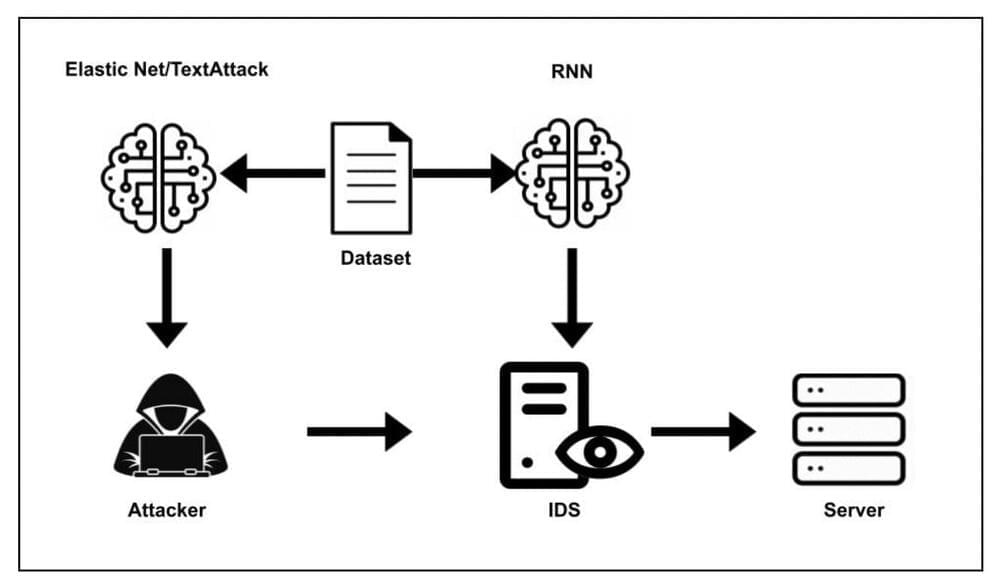
Deep learning techniques have recently proved to be highly promising for detecting cybersecurity attacks and determining their nature. Concurrently, many cybercriminals have been devising new attacks aimed at interfering with the functioning of various deep learning tools, including those for image classification and natural language processing.
Perhaps the most common among these attacks are adversarial attacks, which are designed to “fool” deep learning algorithms using data that has been modified, prompting them to classify it incorrectly. This can lead to the malfunctioning of many applications, biometric systems, and other technologies that operate through deep learning algorithms.
Several past studies have shown the effectiveness of different adversarial attacks in prompting deep neural networks (DNNs) to make unreliable and false predictions. These attacks include the Carlini & Wagner attack, the Deepfool attack, the fast gradient sign method (FGSM) and the Elastic-Net attack (ENA).
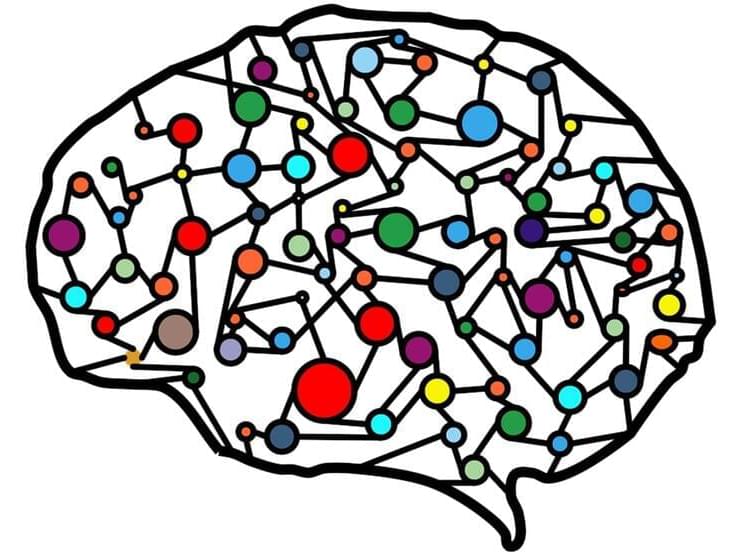
A new computer algorithm developed by the University of Toronto’s Parham Aarabi can store and recall information strategically—just like our brains.
The associate professor in the Edward S. Rogers Sr. department of electrical and computer engineering, in the Faculty of Applied Science & Engineering, has also created an experimental tool that leverages the new algorithm to help people with memory loss.
“Most people think of AI as more robot than human,” says Aarabi, whose framework is explored in a paper being presented this week at the IEEE Engineering in Medicine and Biology Society Conference in Glasgow. “I think that needs to change.”